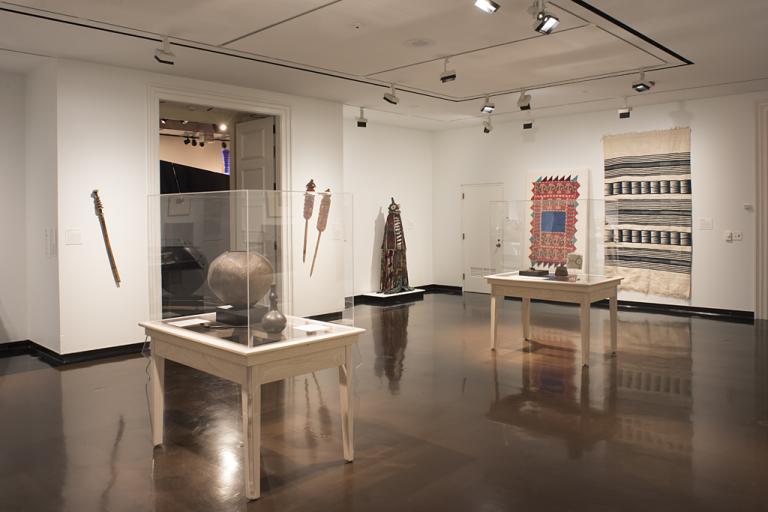wooden spoon, unrecorded Zulu artist
Artwork Overview
unrecorded Zulu artist, artist
wooden spoon,
1925–1990
Where object was made: South Africa
Material/technique: wood; staining; carving
Dimensions:
Object Length/Width (Length x Width): 35.56 x 5.71 cm
Object Length/Width (Length x Width): 2 1/4 x 14 in
Object Length/Width (Length x Width): 35.56 x 5.71 cm
Object Length/Width (Length x Width): 2 1/4 x 14 in
Credit line: Anonymous gift
Accession number: 2020.0116
Not on display
If you wish to reproduce this image, please submit an image request



